The History of Yemeni Coffee and the Origin of Mocha
Yemeni coffee's enormous contribution to world history is best told through its iconic port city of al-Mahal. Under the Ottoman umbrella, Yemen fine-tuned and carefully protected its prized caffeinated merchandise. Because they were unwilling to sell live coffee plants or seeds, they established a global monopoly on the coffee trade around this sleepy port.
Coffee from Al-Makha began to be known simply as Mocha Coffee, a name that initially had little to do with chocolate coffee you can buy today. (Mocha is also used to refer to a coffee variety originating in Yemen, which SCA calls "genetically very close to bourbon.")
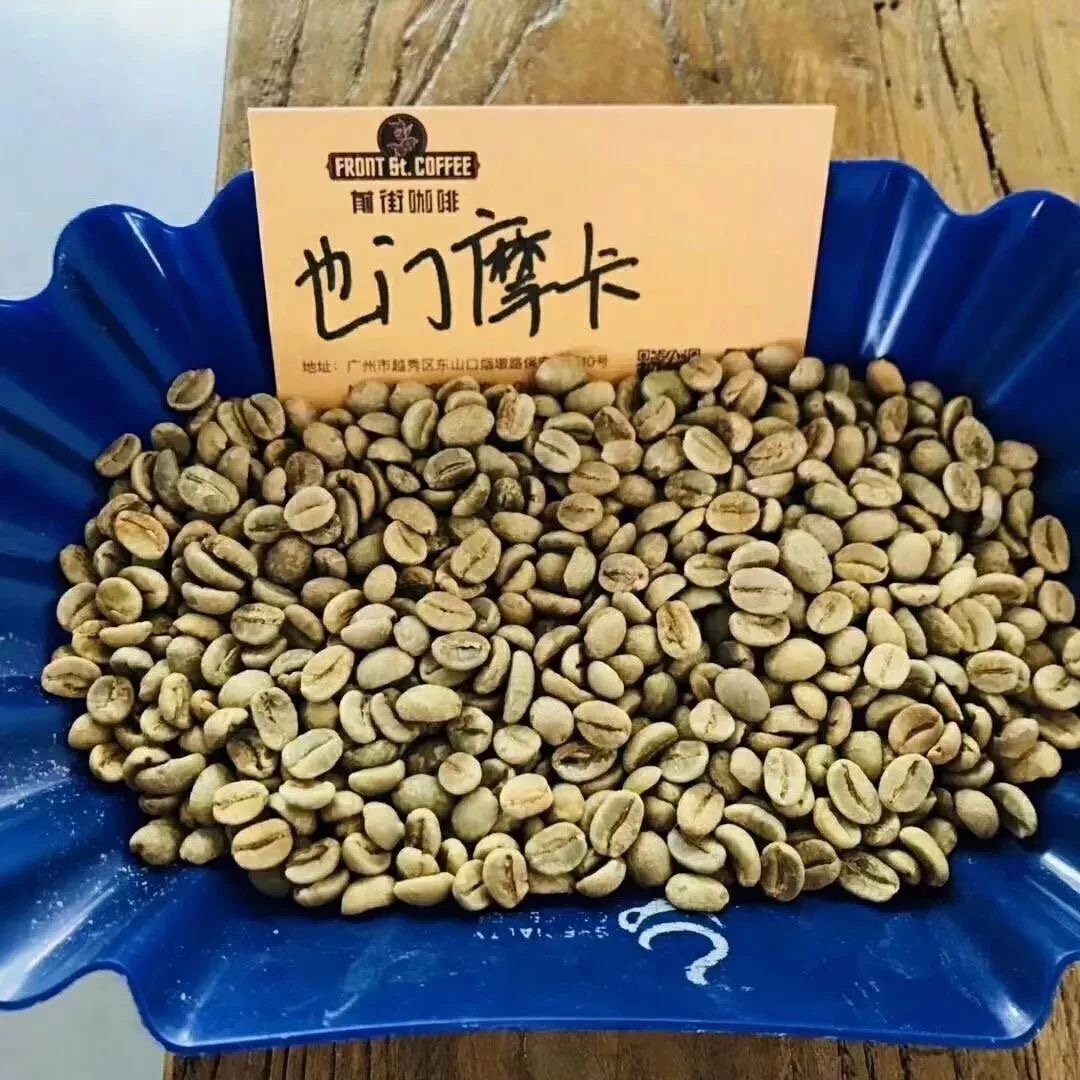
Farmers collect red coffee beans from trees, wrap them in plastic bags, carry them on their backs, load them in pickup trucks, and transport the crop through rugged mountain roads to nearby locations, where it is unloaded into large open containers to dry in the sun.
After drying the crop for a few days, farmers bag the crop and sell it to local merchants, who transport the beans to peeling and grinding plants and then sell the ground coffee to local retailers and exporters.
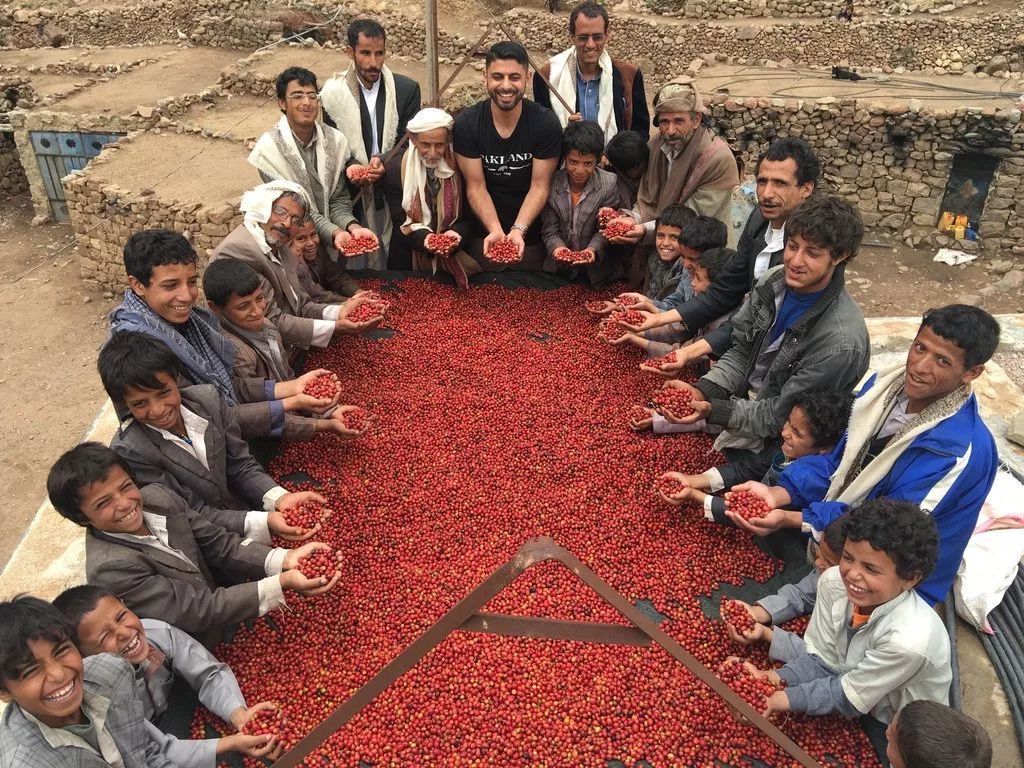
Even now, the world of Yemeni coffee is changing, developing and persisting in the midst of a catastrophic civil war and humanitarian crisis, and needless to say, there are many things hanging in the balance about the future of Yemeni coffee.
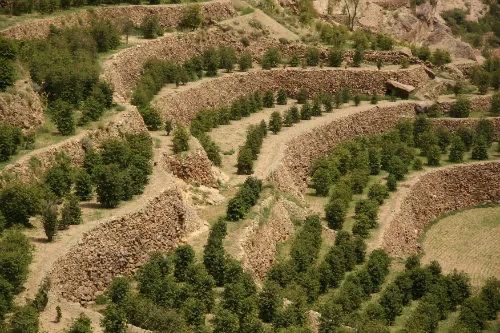
Yemeni coffee has a wild, rich flavor that makes some people uncomfortable and others popular.
Important Notice :
前街咖啡 FrontStreet Coffee has moved to new addredd:
FrontStreet Coffee Address: 315,Donghua East Road,GuangZhou
Tel:020 38364473
- Prev
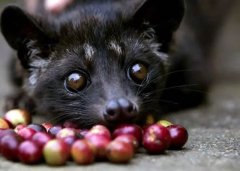
Detailed explanation and recommendation of coffee flavor in Indonesian coffee producing areas
Indonesia is famous for its coffee. They offer a variety of Indonesian favorite flavors. There are at least five different kinds of coffee you need to try as follows. 1 Muscat Coffee is obvious, the first is Loak Coffee. The first Luwak espresso is the most expensive espresso. You can only find them in Indonesia. Espresso takes advantage of the maturity of meerkats.
- Next
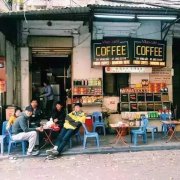
Southeast Asian Coffee Vietnam's Geographical Features and Coffee Origin and roasting
Historically, Vietnam is one of the most important coffee growers, and today it is the world's second largest coffee producer (after Brazil), a fact that surprised most coffee consumers. The history of coffee in Southeast Asia can be traced back to the Dutch and French colonialism in the 18th and 19th centuries. Around 1890, the French established a complex in several places in the Annan region.
Related
- Beginners will see the "Coffee pull flower" guide!
- What is the difference between ice blog purified milk and ordinary milk coffee?
- Why is the Philippines the largest producer of crops in Liberia?
- For coffee extraction, should the fine powder be retained?
- How does extracted espresso fill pressed powder? How much strength does it take to press the powder?
- How to make jasmine cold extract coffee? Is the jasmine + latte good?
- Will this little toy really make the coffee taste better? How does Lily Drip affect coffee extraction?
- Will the action of slapping the filter cup also affect coffee extraction?
- What's the difference between powder-to-water ratio and powder-to-liquid ratio?
- What is the Ethiopian local species? What does it have to do with Heirloom native species?

